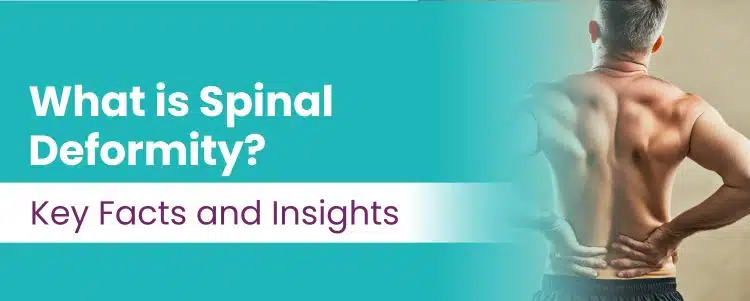

What is Spinal Deformity? Key Facts and Insights
When speaking of spinal deformities, we ought to think about structural abnormalities within the spine.
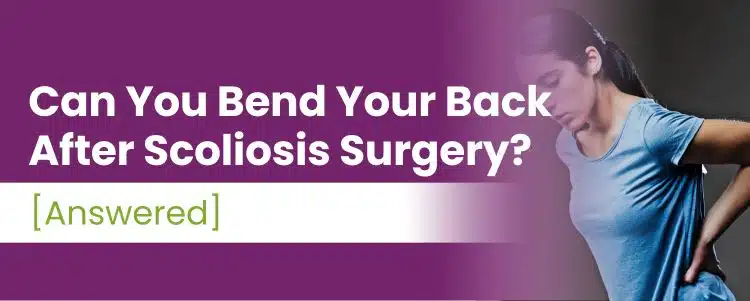

Can You Bend Your Back After Scoliosis Surgery? [Answered]
It is known that when a patient undergoes spinal surgery or scoliosis surgery, one of the repercussions will often be a loss of spinal flexibility and range of motion.
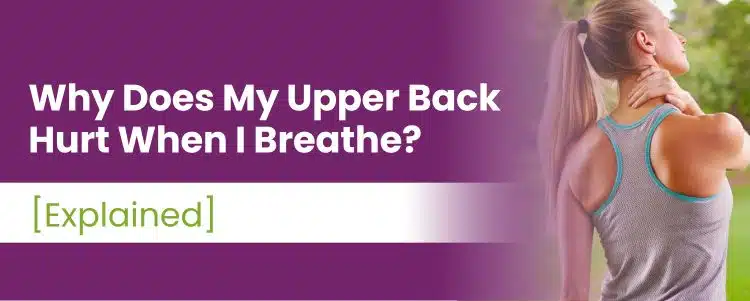

Why Does My Upper Back Hurt When I Breathe? [Explained]
The effects of scoliosis can be felt widely throughout the body. Some of its effects can include postural changes and these postural changes can impact lung function.
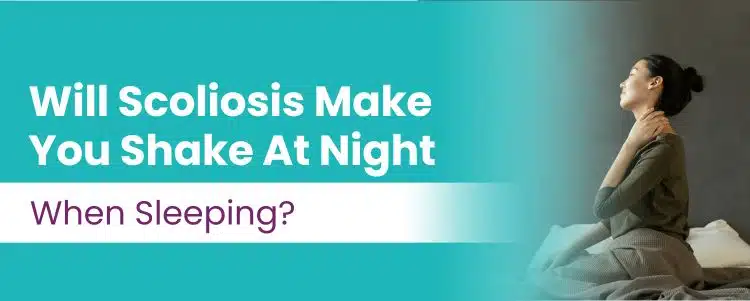

Will Scoliosis Make You Shake At Night When Sleeping?
Scoliosis itself will not cause shaking, however, when scoliosis is accompanied by nerve compression some tremors might be present in some patients.
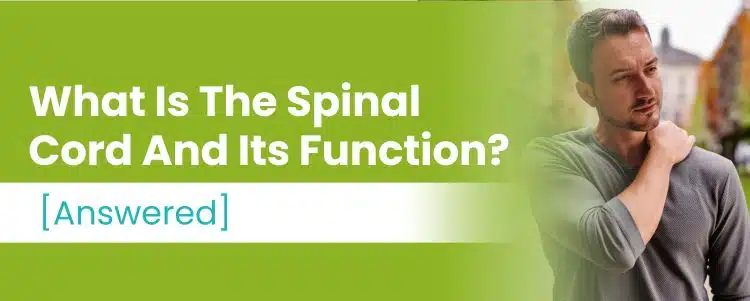

What Is The Spinal Cord And Its Function? [Answered]
The spinal cord works in tandem with the brain to form the body’s central nervous system or CNS.
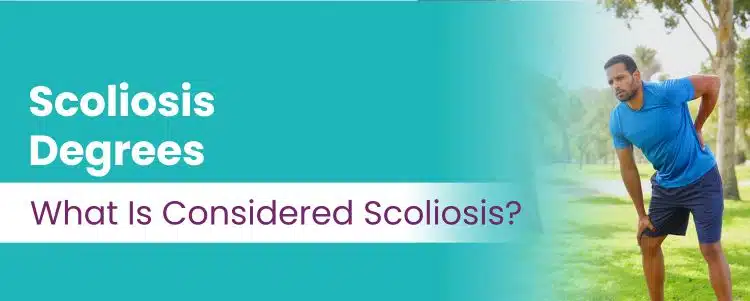

Scoliosis Degrees: What Is Considered Scoliosis?
Scoliosis is diagnosed when a patient’s Cobb angle measurement is over 10 degrees.
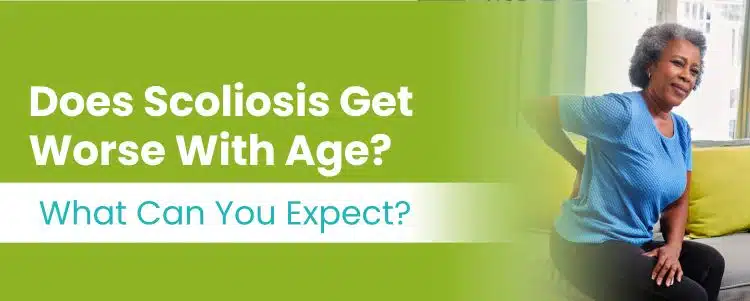

Does Scoliosis Get Worse With Age? What Can You Expect?
As a progressive condition, scoliosis's effects and symptoms will worsen over time.
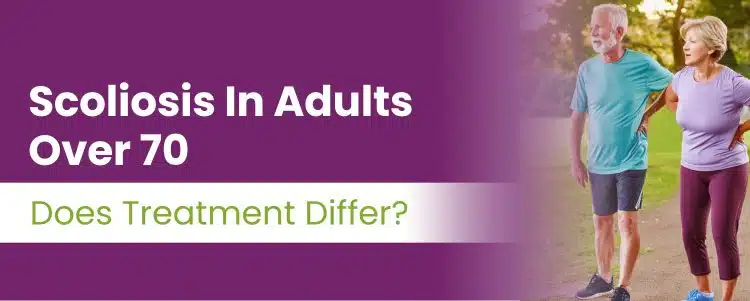

Scoliosis In Adults Over 70: Does Treatment Differ?
Adult scoliosis is a degenerative and compressive condition. In adults over 70, due to the compressive aspect, the treatment will often focus on pain management.
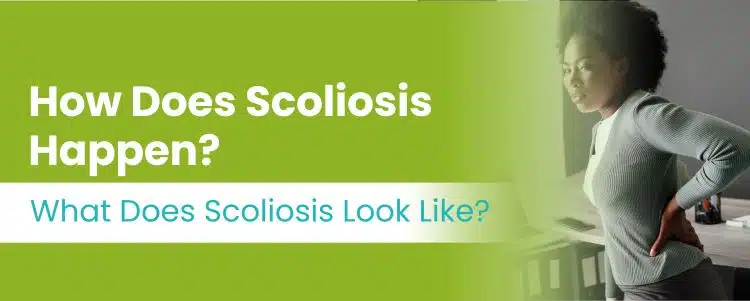

How Does Scoliosis Happen?
The cause of scoliosis is often unknown, and how it affects the body will vary on each patient.
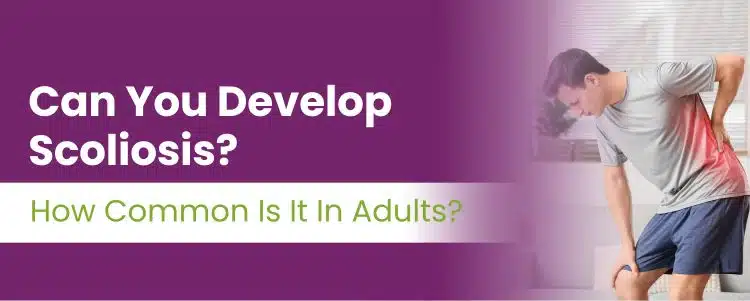

Can You Develop Scoliosis? How Common Is It In Adults?
Scoliosis, due to aging, compression of gravity over time, and natural spinal degeneration over time, is more likely to affect adults than any other age group.
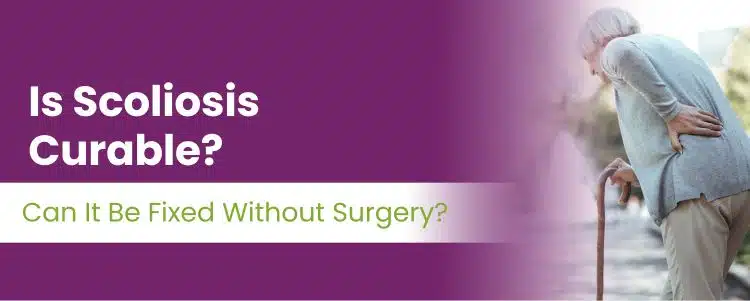

Is Scoliosis Curable? Can It Be Fixed Without Surgery?
Scoliosis is a very treatable condition and it doesn’t necessarily involve invasive procedures.
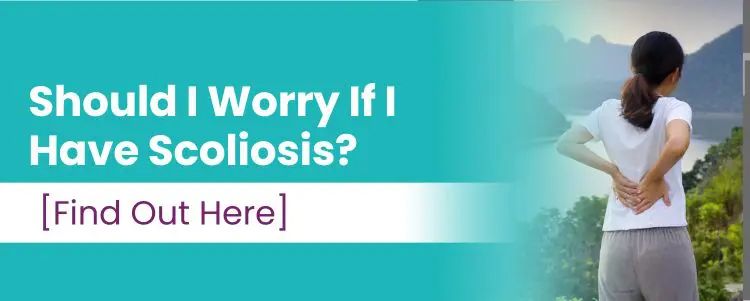

Should I Worry If I Have Scoliosis? [Find Out Here]
Proactive treatment should always be an important part of addressing scoliosis. The main reason for concern is when patients decide to watch and wait.


Should You Be Stretching Back For Pain Relief? Find Out Here!
Staying active with low-impact exercises that entail slow movement will always help.
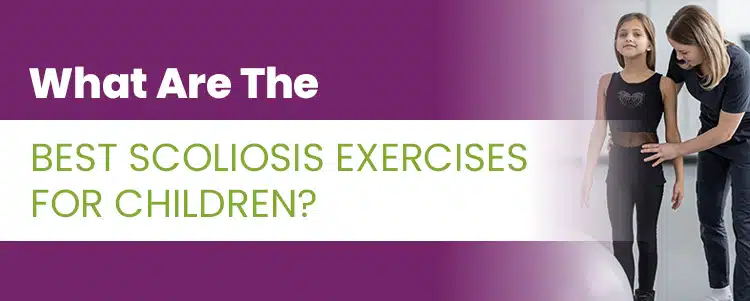

What Are The Best Scoliosis Exercises for Children?
Scoliosis rapid progression is one of the biggest challenges for children. Scoliosis specific exercises are the best way to help children in their growth stages.
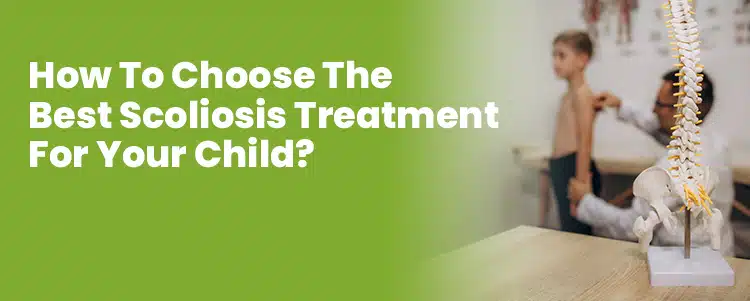

How To Choose The Best Scoliosis Treatment For Your Child?
When it comes to treating scoliosis in children, a primary focus is on counteracting the condition's progressive nature because growth is going to be a constant trigger for progression.
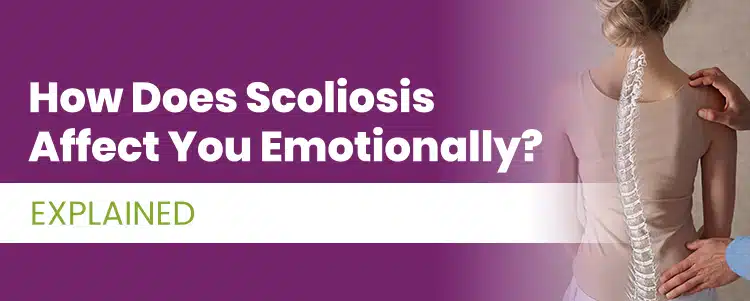

How Does Scoliosis Affect You Emotionally? [EXPLAINED]
While the most prominent symptoms of scoliosis are often physical, depending on how visible it is, patients might undergo emotional stress linked to their scoliosis.
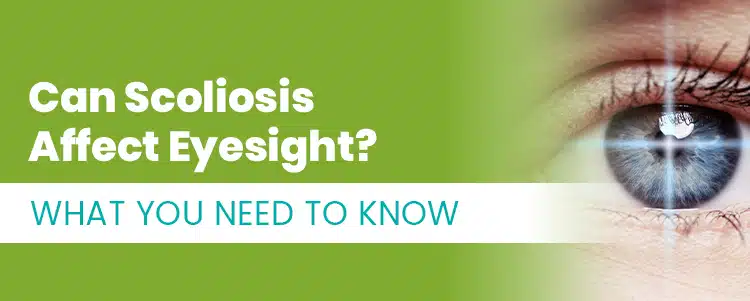

Can Scoliosis Affect Eyesight? [What You Need To Know]
The effects of scoliosis can be widespread throughout the body, and across all ages.
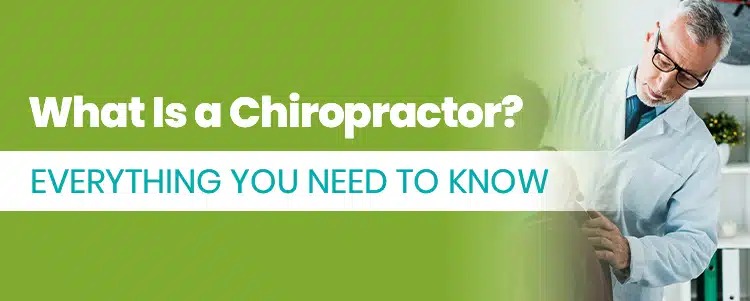

What Is a Chiropractor? Everything You Need To Know
A chiropractor can help adjust the position of a misaligned spine, as a professional in a branch of medicine that focuses on spinal adjustments.
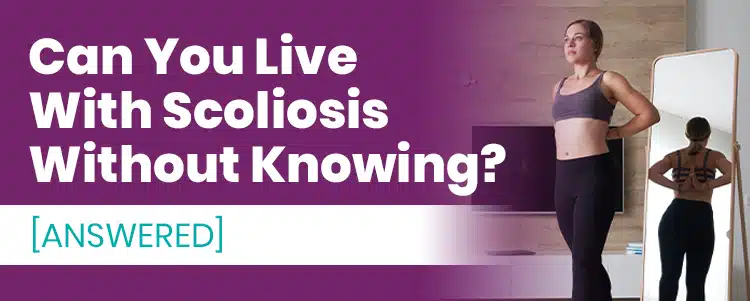

Can You Live With Scoliosis Without Knowing? [ANSWERED]
Every case of scoliosis is unique. More often than not many patients, regardless of their age, live unaware of scoliosis because they have not been diagnosed.